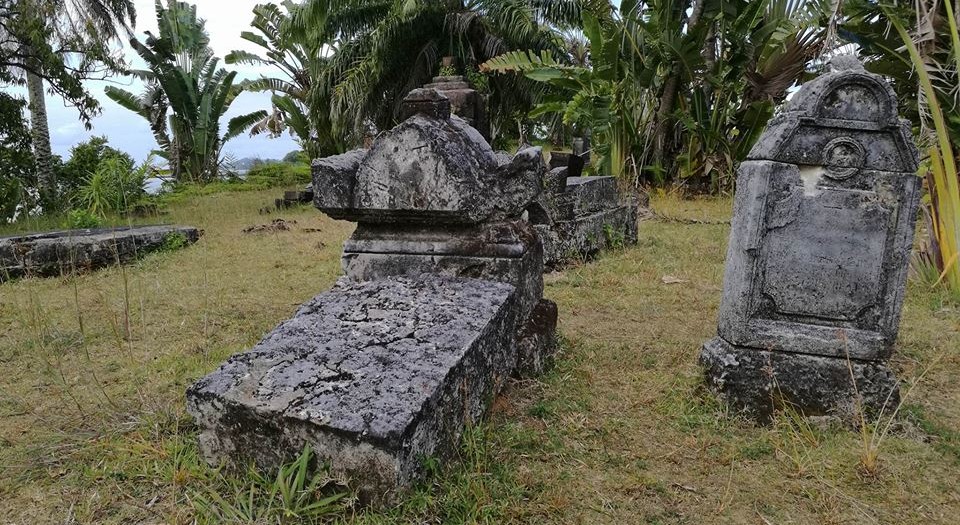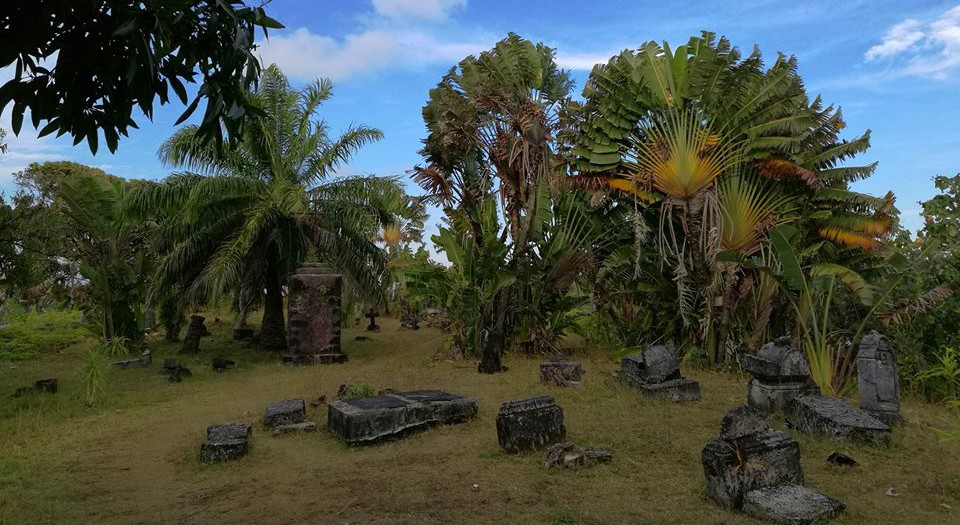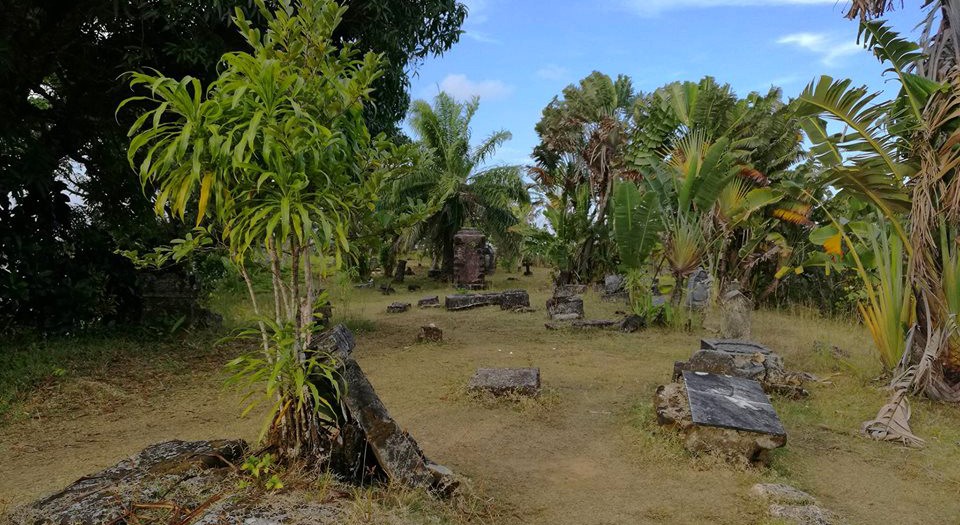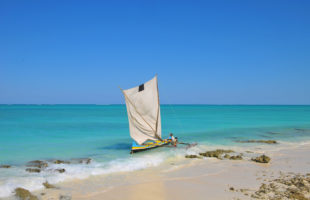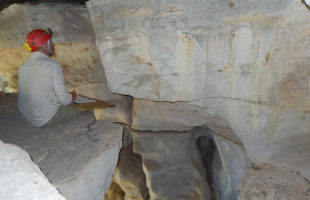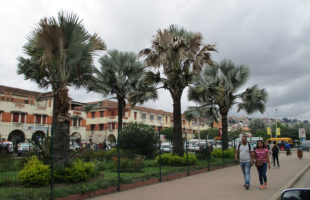Legend tells that there was the famous pirates‘ republic of Libertalia at Madagascar’s eastcoast in 17th and 18th century, more precise at Nosy Boraha (St. Marie). Fallen over and skew, century old tombstones at the forlorn cemetery St. Pierre, near the biggest city oft he island, Ambodifotatra, bear witness at least to an adventurous time at the Malagasy island.
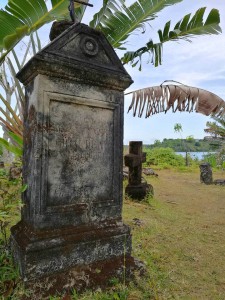
Famous pirates such as „the Arch Pirate“ Henry „Long Ben“ Every, „the buzzard“ Olivier le Vasseur, „the Rhode island pirate“ Thomas Tew, John Bowen or William Kidd occasionally lived at Nosy Boraha and made the island a home base for their raids. They boarded ships loaded with juwels, spices and rum, which traveled along the two big sea trade routes of that time. Nosy Boraha provided safety, food and a conveniently located support point, and several shipwrecks still bespeak the tumultous activities in the old days. Rumour has it that the legendary treasure of William Kidd is still buried in the earth of the pirate island in the bay of Ambodifotatra, on which you got a great sight from St. Pierre. In 2015, a treasure hunter found an impressive silver bar, which seems to have belonged to this famous pirate – but it turned out to be only a part of a leftover fisher net weight made of plumb. There are several secret underground passages indeed, but a Malagasy fady (taboo) prohibits anyone from opening the tunnels. The treasure of Olivier le Vasseur wasn’t found yet either, and people assumed it to be at Nosy Boraha or the offshore pirate island for a long time, too. Nowadays, the graves of St. Pierre have been telling travellers the stories of different people for hundreds of years, may it be pirates, slave traders or missionaries. One grave tells of a pirate captain, who was buried standing up, another refers to a man, wo drunken fell asleep in a tavern and awaked on a pirate ship. At some thumbstones, you can see the unmistakable pirates‘ flag motif Jolly Roger: A skull over two crossed bones.
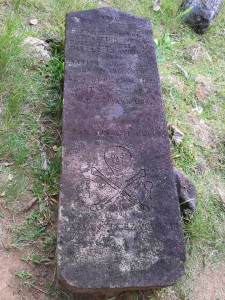
Today you can visit the pirates‘ cemetery during daytime, the entrance fee is about 12.000 Ariary (about three or four Euro or Dollar). A small pathway leads to the left behind the long quay wall south of Ambodifotatra (the quay is also used as bridge), from here signs will lead your way to the cemetery. Today, they have a small hut where you can pay your entrance fee and get some information about St. Marie’s famous pirates. From here, you walk about 900 m to St. Pierre. Unfortunately, many graves and crypts were damages during the last decades mischievously by treasure hunters, so St. Pierre lost some of ist old charm. The every year recurring cyclones may also have played a part in decimating the cemetery’s graves. At its best times, there were several hundreds graves here. Today, only about 30 thombstones are left. A local guide is obligatory to visit the cemetery now. He can surely tell you many stories about the buried pirates and the cemetery itself. Still today, St. Pierre can make you get the creeps and reverence.
 MADAMAGAZINE Your Magazine about Madagascar
MADAMAGAZINE Your Magazine about Madagascar
